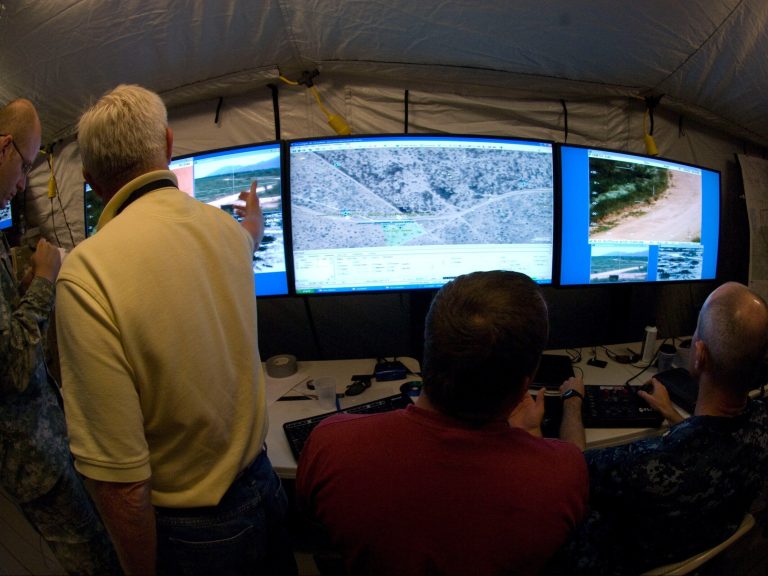Space train over Poland on November 2. When to look out for Starlinks?

On Thursday, November 2, a space train will appear in the Polish sky. SpaceX Starlink satellites will only be visible once, so it’s worth knowing exactly when to look out for them.
The space train has been visible for several evenings, so on November 2 we will have one of the last opportunities to observe this group. According to observers, visibility has been very good in recent days. We can expect something similar today.
Space train on November 2 – where and when to observe Starlink satellites?
We will continue to observe the Starlink G7-6 mission, which launched into orbit on Sunday, October 29. Initially, the units were tightly packed together, creating a very recognizable space train. In the following days, the devices gradually move away from each other and we will be able to notice this today.
On Thursday, November 2, only one flight will be visible, starting at 5:30 p.m. You should look at the southwestern, western sky. The devices will fly east and the entire flight will last approximately 6 minutes. Interestingly, due to the considerable separation, the difference between the first and last point will be as much as 3 minutes. There are twenty-one of them in total.
It is customary for amateurs of astronomical observations to encourage people to watch this phenomenon together. The flight can be viewed, among others, on the official Nocne Niebo channel on YouTube.
What are Starlinks?
Starlinks were first launched into space in May 2019. The authors of the Urania.edu.pl website assure that the launched satellites can be seen even from the centers of the largest cities. “So if you saw a strange row of glowing points moving at a steady pace in the sky above you, you certainly witnessed the passage of a group of satellites of the Starlink constellation,” they argue.
Of course, it’s not about the spectacle. Starlink is a network of SpaceX satellites in low Earth orbit, which are intended to provide high-speed, low-latency Internet to virtually every place on Earth, which is unrealistic today using conventional solutions. It is worth adding that the satellites are placed in orbit using reusable rockets, which reduces the costs of the operation.






